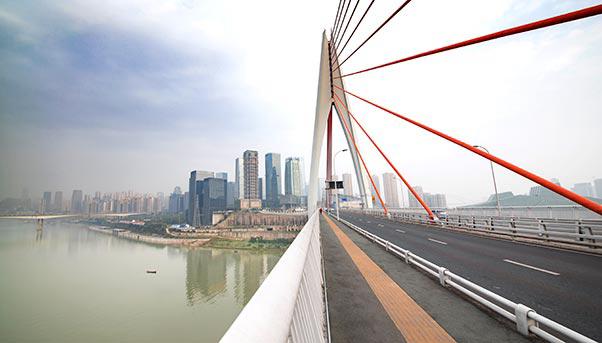
High hopes for 2017, a year in which the global construction market is expected to grow at a healthy clip. Big investments are seen leading to the start of new public works and the creation of jobs. Some regions will obviously benefit more than others.
In its latest annual report, the Centro ricerche economiche e sociali del mercato dell’edilizia (CRESME), a leading research centre in Italy, says investments ought to grow by 2.7% at a global level, before reaching a rate of 3% in 2018 and 3.3% in 2019. In absolute terms, the amount should rise from €7.8 trillion in 2016 to €8.0 trillion the following year to €8.3 trillion in 2018 and €8.6 trillion in 2019.
The biggest recipients of these investments will be Africa (growing at 4.4% a year), Oceania (up 4.3%), Asia (up 3%) and the United States (up 2.9%).
Results from the Big Contractors
Looking at data from 2015 to identify trends in the industry, CRESME examines the results obtained by the 250 biggest contractors in the world, including Salini Impregilo. It estimates that these contractors generated $1.4 trillion of business in 2015, $897 billion of which in their respective domestic markets and $500 billion from abroad.
Their numbers give a clear indication of the market segments and regions where the big contractors are positioning themselves in a time of uncertainty marked by events like Brexit, the drop in the price of oil, China’s slowing economy and the outcome of the U.S. presidential election.
The Transport Segment
In the world of public works, transport is the segment that takes up the lion’s share of the business. Reviewing the revenue generated in foreign markets, CRESME identifies it as the only segment of the infrastructure sector – together with hydroelectric plants – to have grown in 2015, taking up nearly 30% of the revenue generated by the contractors outside their home markets. This totals $139.6 billion, up 2.8% from the prior year.
This made it the most active segment for the year, more than oil refineries ($114.4 billion), buildings ($106.8 billion) and energy ($54.1 billion) – three segments that actually suffered a drop in revenue, down 8.7%, 8.4% and 0.5%, respectively.
So the biggest share of public and private investment was to be found in airports, roads, bridges, tunnels, railways, canals and ports.

On the Rise: United States, Latin America and North Africa
This country and the two regions registered the strongest growth rates in terms of revenue for big contractors in 2015. In the United States, revenue rose 4.4% from $51 billion to $53 billion. It is a market that promises to be one of the most interesting following the election of Donald Trump as the next president. Trump has listed infrastructure investment as a priority for his administration, announcing a plan equal in size to what the country witnessed after World War II.
Latin America has also confirmed itself as an important market. CRESME cites a 4.9% rise in revenue from $50 billion to $53 billion in 2015, with Chile, Colombia and Peru leading the region in public works.
North Africa is the third region that enjoyed strong growth, registering the fastest rate at 6.7% in one year from $23.5 billion to $25 billion. For Africa as a whole, there is a great need for infrastructure and many countries have launched projects to support their growth, especially in energy.
Slowing Down: China, Europe and the Middle East
China’s slowing economy has mixed up the weighting of the market for the 250 big contractors. The Asian and Australian markets, valued at $121 billion (25% of the total) suffered a 12% decline. A similar trend is found in Europe and the Middle East: the market for big contractors in the Old Continent totaled $93 billion, a drop of 6.4% from 2014, while in the Middle East the big companies recorded revenues of $77 billion, down 3%. The drop in the Middle East is mainly due to infrastructure projects linked to the oil and gas industry, but it still remains interesting for the big contractors for civil works. Just Kuwait, cites the report by CRESME, foresees infrastructure projects worth $83 billion for the next 10 years.


